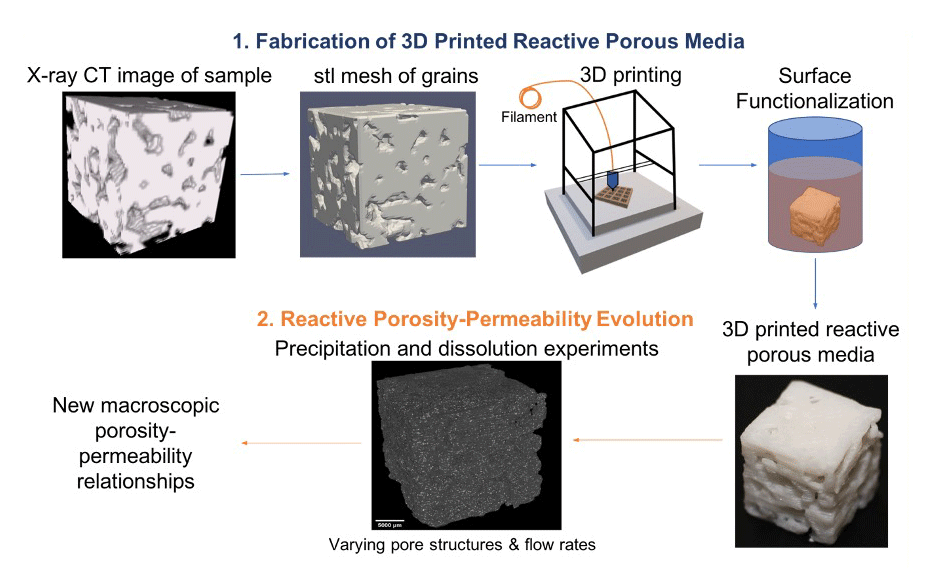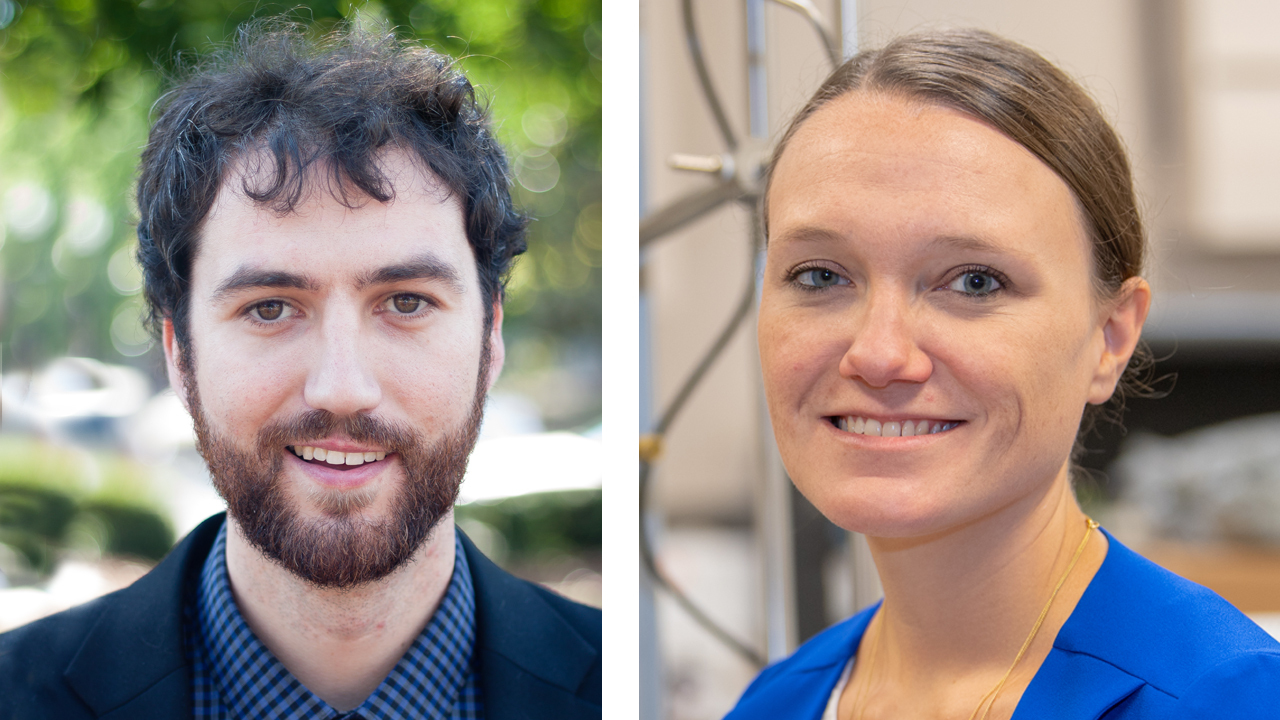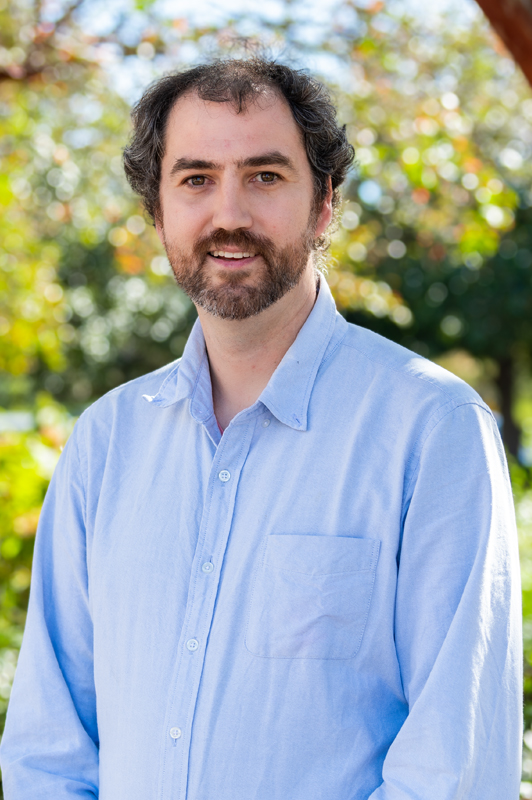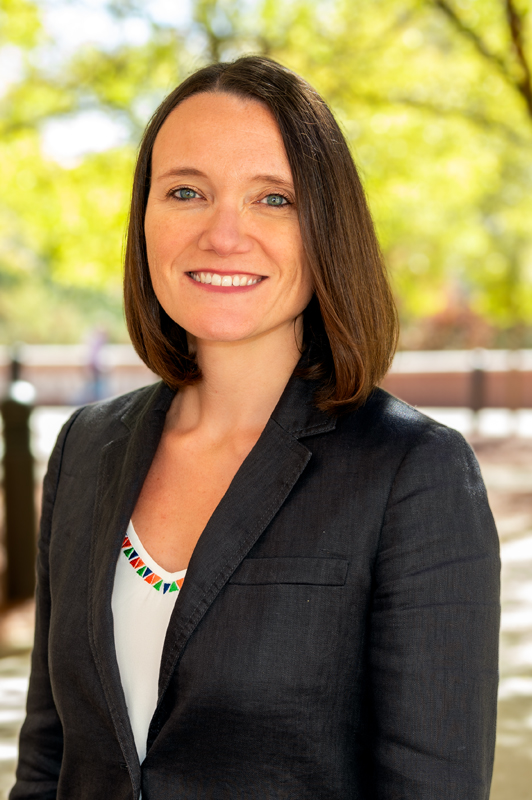Assistant professors to 3D print reactive rocks with innovative NSF award
Published: Aug 19, 2020 2:45 PM
By Cassie Montgomery
The versatility of 3D printing has allowed researchers to delve into topics previously thought to be out of reach for one logistical reason or another. One such area is the sampling of porous media, or rocks, to study geochemical reactions in natural and engineered systems that occur as part of natural weathering processes, at contaminated subsurface and surface sites and in geologic CO2 sequestration, radioactive waste disposal and other engineered subsurface systems.
“It’s really complicated to study in laboratory experiments because these systems are very heterogeneous,” said Lauren Beckingham, assistant professor of civil and environmental engineering. “If you take two reactive rock samples, even if they’re right next to each other, they’re not going to be the same so that makes it hard to understand the fundamental processes and reactions happening since they’re so different.”
The solution? 3D printing.
Utilizing a National Science Foundation award, Lauren will collaborate with Bryan Beckingham, assistant professor of chemical engineering, to utilize 3D printing to create replicable, reactive rock samples that can be explored in laboratory experiments.
“Reading papers in this field can be very strange because you can find 30 papers of people looking at samples from the same subsurface formation, but all the samples are different and the behavior these researchers see as a result is different,” Bryan said.

Their project, titled “3D printing of reactive porous media to enhance understanding of porosity-permeability evolution,” will attempt to remedy this sampling issue. Following the approach outlined at right, the two plan to create a series of 3D-printed reactive rocks and carry out replicate laboratory mineral dissolution and precipitation experiments on these samples, characterizing permeability evolution and using 3D imaging to identify the time lapsed evolution of porosity.
“In this project, when we change the flow rate or the concentrations in an experiment and see why something different happens, we will be able to actually say that it’s because of the flow difference as opposed to just the differences in the samples themselves,” Bryan explained.
These experiments could enhance the understanding of mineral dissolution and precipitation reactions and impacts on porosity and permeability on porous media such as rocks.
“One of the main purposes is so we can understand large-scale systems. All of the geochemical reactions are happening at small scales but we’re really trying to understand what is happening in the field scale,” Lauren said. “Ultimately we hope to improve our understanding of these processes from a fundamental perspective to improve understanding at the field scale and our capabilities of prediction.”
Media Contact: , cmontgomery@auburn.edu, 334.844.3668
Bryan Beckingham and Lauren Beckingham



